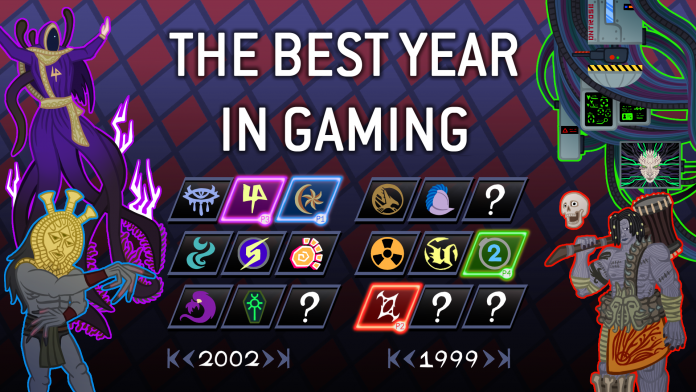Last year’s stacked lineup of games for the Game Awards had us thinking: What was the best year in gaming? As part of our series on determining gaming’s best year, we’re putting together an article on each year, charting the major releases and developments of the year, and talking about both their impact and what made them great.

The Year: 2001
Hm. Can’t wait to talk about 2001, the year that fundamentally warped media for the next two decades (and then some). Let’s start with the early part of the year: The Dreamcast died (more on that below), and without any competition Sony secured a stranglehold on the top spot in the console market and never let go.
Then on September 11, 2001, a series of terrorist attacks killed nearly 3,000 people and destroyed the World Trade Center. Less than a month later the United States would launch a military mission into Afghanistan. In the next two years the US would go a step further and invade Iraq. Patriotism in the United States hit a fever pitch, and military recruitment skyrocketed, with more than 180 thousand Americans joining active duty service and another almost 73 thousand joining the reserves.
Fully quantifying the impact of 9/11 on video games is beyond the scope of this article. There were some immediate, obvious impacts – a number of games were delayed to avoid appearing insensitive, while Grand Theft Auto III was delayed because of Rockstar’s offices’ proximity to Ground Zero. Others were changed to remove mention of or visual depictions of the twin towers and Pentagon, such as Metal Gear Solid 2, while some games, such as Eternal Darkness, removed references to the Crusades and Arabic script from the game’s textures.
In the longer run, we’d see a shift toward more military shooters and games involving the US government, and with them a larger number of Arab villains. The biggest names among these titles were the Tom Clancy series of titles from Ubisoft in the early 2000s, starting with the Rainbow Six series in the 90s, adding Ghost Recon in 2000 and Splinter Cell in 2001. While games like Mortal Kombat and Grand Theft Auto III would cause an uproar over their violent content, shooters like Call of Duty would become progressively more brutal and violent without anyone batting an eye – in fact, they’d be praised for their brutality as though realism in those settings were a virtue. In the post-9/11 landscape, video games would become a powerful tool for military recruitment, with America’s Army in 2002 being the most prominent example.
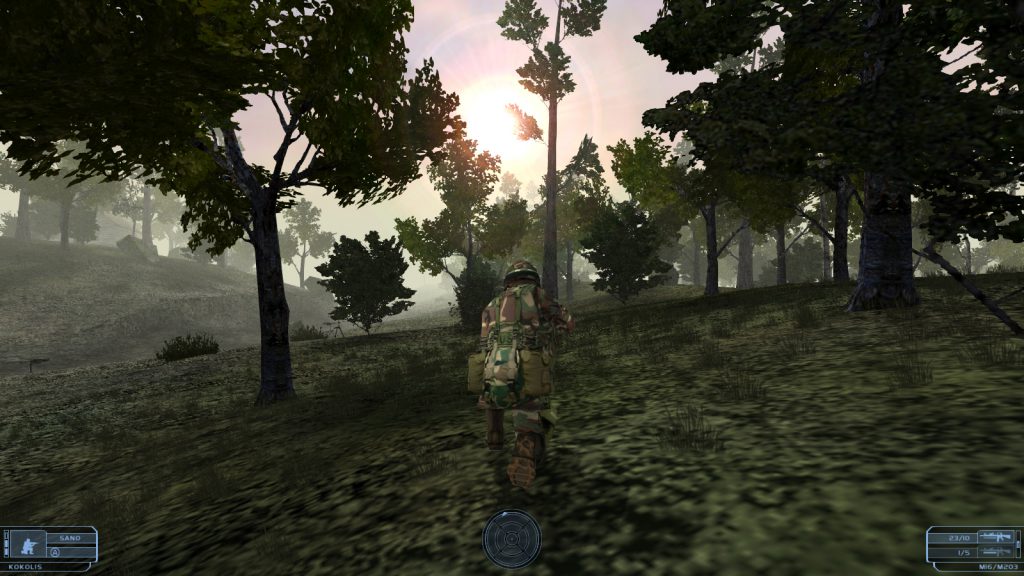
Tom Clancy’s Ghost Recon
The team-based tactical shooter Ghost Recon released for the PC in November, 2001, giving players control over a special ops team with soldiers belonging to four different classes. It’s a first-person shooter with a focus on using cover and positioning to take out enemies with minimal casualties. Because the game was developed primarily pre-9/11, the villain of the game is Russia – ultranationalists take over the country and then annex Ukraine, Belarus, and Kazakhstan, leading to the Ghosts participating in a number of missions to stop the ultranationalists and free Russia. Wild the kind of shit they’d come up with in 2001, right?

Squaresoft Bombs Big at the Box Office
Squaresoft had a reputation for making some of the best cutscenes in gaming and in 2001 they attempted to parlay that into making films with Final Fantasy: The Spirits Within, the first photorealistic computer animated feature film. The film was enormously expensive, coming in at a cost of $137 million and looked fantastic – it still holds up alright visually twenty years later. The problem is that the movie was terrible and even when critics praised the film, they mostly just talked about it being pretty to look at. Spirits Within bombed at the box office, making only $32 million in North America and $85 million worldwide.

The Dreamcast Kills Sega as a Console Manufacturer
By 2001, the writing was on the wall for the Dreamcast. Although the Saturn had been a success in Japan, the same was not true for the Dreamcast, which experienced heavy delays and struggled to put titles on the shelves. By the time the Dreamcast released in the US it had built an all-timer launch line-up, but without RPGs to move the console it was never going to pull Japanese sales. The console had a much more impressive showing in the US, but lingering ill will from the Saturn dogged it and by mid 2000 fewer than three million consoles had been sold in the US. Attach rates were pretty good however – people who did own a dreamcast were buying many games for it.
To make matters worse, piracy had become a rampant problem for the console by 2001; pirates had discovered how to make a boot disc for the console which allowed for easy pirating of games. When you combine this with the growing popularity of CD-R drives and the availability of faster internet connections in 2001, you get a recipe for widespread piracy. This wasn’t the biggest issue for the Dreamcast, but it didn’t help. In January, 2001 Sega announced they’d be discontinuing the Dreamcast and becoming a third-party developer for other consoles. By April 2001 Sega had dropped the price of the console to $99 to move unsold inventory and by the end of the year you could find them for $50 on clearance.
The transition was far from easy; Sega only managed to survive thanks to an extremely generous donation from its CEO, Isao Okawa. Okawa’s company CSK Holdings owned the majority of Sega shares in 1984 and as a result Okawa took the role of Chairman that year. In 1999 Okawa had loaned Sega a considerable amount of money to finance the Dreamcast and keep the company afloat – estimates range from $40 million to $500 million, depending on the source – and they were poised to post record losses of $473 million in 2001. In February 2001 Okawa forgave those debts, made a donation to the company and returned his entire stake of 19.87 million shares in Sega (about 12.5% of the company), a gift which, at the time, was worth a total of about 85 billion yen or about $692 million at the time. Initially analysts were confused about the reason behind this, but one month later Okawa died of heart disease. He was 74.
Longtime Sega fans were reasonably excited about Sega producing games, as it meant they’d still be able to play the company’s excellent first-party games. Despite being discontinued, the Dreamcast still had a few solid games release in 2001.
- Shenmue II – the sequel to Sega’s most ambitious game, Shenmue II, came out in September 2001 in Japan and Europe, while American gamers would have to wait for it to release on the Xbox a year later. It followed Ryo Hazuki as he traveled to Hong Kong on the trail of his father’s killer. The game pushed the Dreamcast to its absolute limits technically.
- Sonic Adventure 2 released in June 2001 and introduced the world to Shadow the Hedgehog, Sonic’s newest rival. The game also featured new gameplay modes for and a split campaign between good and evil teams. The game’s intro level is an all-timer.
- Illbleed is less a classic and a notable quirky survival horror game which brought some fun, campy B-movie vibes to the console and a mechanic where you could be scared to death.
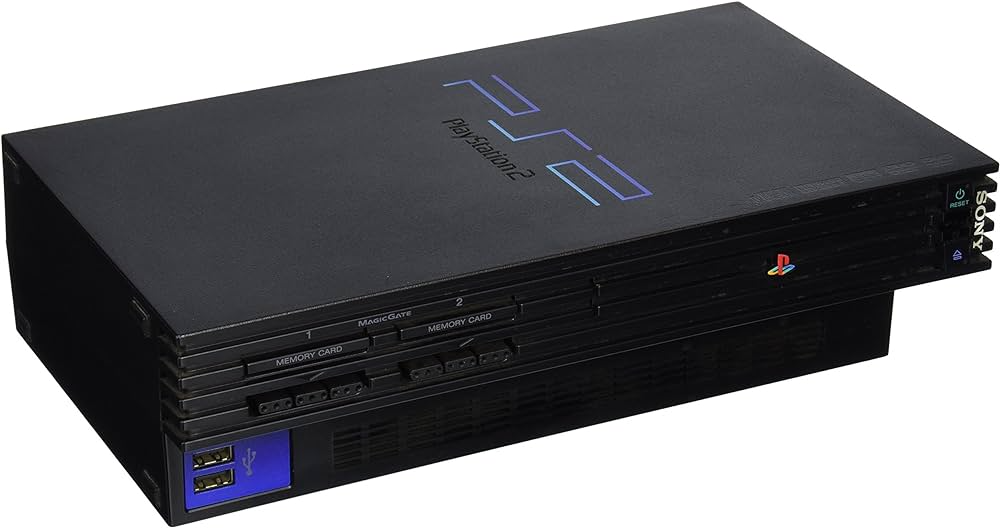
The PlayStation 2 Ascendant
The PS2 may have had one of the worst launch lineups of all time, but one year later it was killing it. With the Dreamcast’s death in January 2001 and Nintendo still working on the Gamecube, it was their time to run completely unopposed. They responded by turning in a fantastic 2001, with a number of outstanding titles which would help cement the console as the clear market leader and pave the way for the PS2 to become the best-selling console of all time. We’ll cover the biggest releases below but here are a few honorable mentions which didn’t make the “full paragraph” cut:
- Ico
- SSX Tricky
- Onimusha: Warlords
- Tony Hawk Pro Skater 3
- Twisted Metal: Black
- Capcom vs. SNK 2
- Legacy of Kain: Soul Reaver 2

Metal Gear Solid 2: Sons of Liberty
MGS2: Sons of Liberty was one of the most hotly-anticipated games of 2001, in part because a demo for the game was packaged with Konami’s Zone of the Enders in March, eight months ahead of the game’s release. I am not kidding when I tell you that people only bought Z.O.E. to get that demo, which featured Solid Snake infiltrating a tanker in New York’s East River. When the full game dropped players got that same section as the game’s first level, then were swapped over to playing a new rookie agent named Raiden as he attempted to take down the Sons of Liberty terrorist organization. That part didn’t sit so well with fans, and the game’s story was more divisive, in part because it goes completely off the rails in the third act as you kill the president of the United States.
Jonathan Bernhardt: A game which feels like it has gained substantially more fan appreciation in the decades since its release than it had upon release, though critical reviews were originally and correctly very positive. As time goes on, I suppose people tend to more remember the fairly prescient (for a crazy sci-fi thriller action game) speeches in the ending about AI, memes, and the meaning of passing on what you know to the next generation, and less the extremely goofy business with Fortune, Liquid Snake, and Revolver Ocelot. It also played so much better than the first game in the series that they’d eventually go back and redo Metal Gear Solid with the lessons learned, but this will probably be the only time in this series of articles anymore mentions Metal Gear Solid: Twin Snakes even adjacent to positivity.
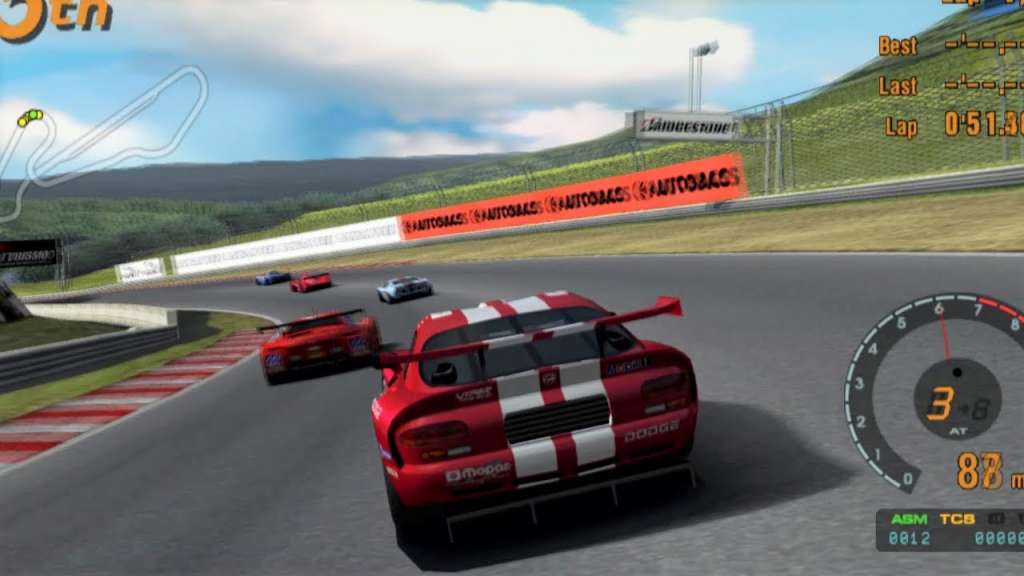
Gran Turismo 3: A-Spec
Sony’s Gran Turismo series had become the racing game sim series in the late ‘90s, and Gran Turismo 3 was its pinnacle. The game offered more detailed cars than ever, with more detailed statistics and simulation data, albeit a cost of cars (the game featured 180 cars to 650 in Gran Turismo 2). The game was a massive success and helped cement Sony as a superior first-party player in the console space.
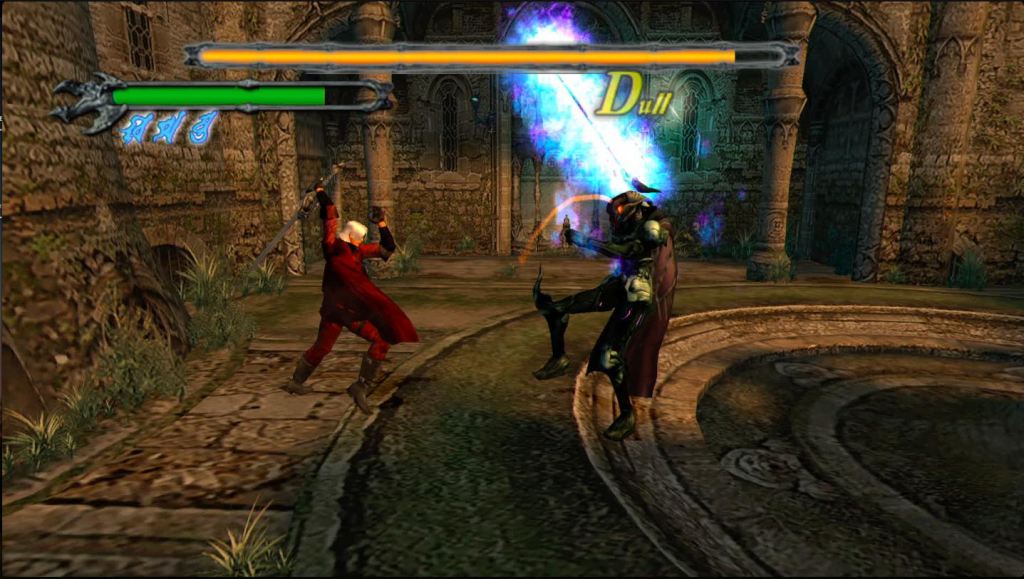
Devil May Cry
Resident Evil 2 director Hideki Kamiyawas tasked with creating Resident Evil 4 and basically given carte blanche to do what he wanted. The result was a flashy action adventure game with combo-heavy action, but wasn’t scary at all. Capcom decided to shift the game to a new series, and that’s how we got Devil May Cry, a phenomenal action game with incredibly corny voice acting and some of the coolest action yet seen in a game.
Jonathan Bernhardt: A down-ballot entry for ‘most influential game of the new century,’ though it’d find itself lower on that last than Devil May Cry 3.
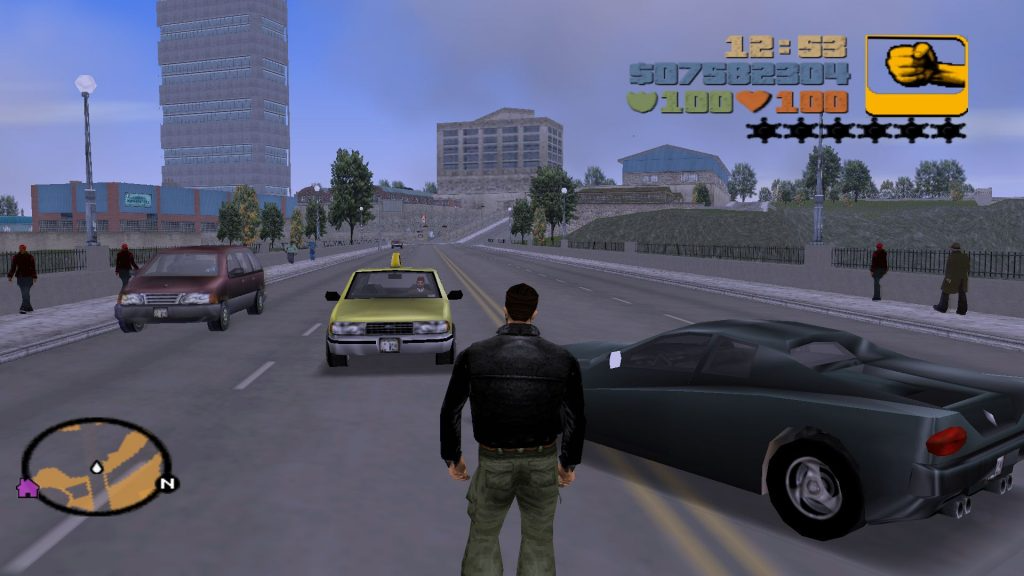
Grand Theft Auto III
The biggest game of 2001 by far and one of the most important games ever made, Grand Theft Auto III revolutionized video games. It dropped gamers into an open world modeled after New York City with near-complete freedom to explore, complete missions, and commit crimes, building their own criminal empire. It’s a violent, hilarious game that puts you in an incredibly fun sandbox while managing to hide load times in a way that made them feel nonexistent. GTA III was a massive success, is an all-timer, and kick-started both a trend for more mature, violent shooters, and a trend for making sandbox games, with a whole genre of GTA clones to follow.

Silent Hill 2
Widely regarded as the best game in the series, Silent Hill 2 gives us a graphically superior outing to the original with all new scares and a gripping story twist that recontextualizes everything. While I personally prefer the overall vibe of the plot and settings in the first and third game, Pyramid Head is a fantastic addition to the game and adds a wonderful dose of pure terror to his chase sequences.
Jonathan Bernhardt: Maybe Akira Yamaoka’s definitive soundtrack and score, characterized by 18-odd tracks of tension-building ambient work and discordant, terrifying industrial noise that’s then bookended by the more traditional guitar/bass/drum/piano absolute bangers “Theme of Laura” and “Promise.”

Final Fantasy X
PlayStation 2 owners wouldn’t have to wait long for the console’s first classic RPG: Final Fantasy X released in Japan and the US in 2001 and despite some shaky voice acting (HA HA HA), the game manages to immerse gamers in the massive, beautifully realized world of Spira. Going back to the more sci-fi-rooted aesthetics of FFVII and VIII, Final Fantasy X was a massive hit and quickly became a reason to buy the PlayStation 2 if you were an RPG fan.
Jonathan Bernhardt: A great reminder that while all peoples of all creeds and backgrounds can come together to bury Catholicism, no one does it quite like post-war Japanese artists. This title was the beginning of the end of the Nobuo Uematsu era at Square Enix, with him only solo composing a few songs and mostly supervising other composers’ work for the rest; however, one of his solo compositions, the game’s theme To Zanarkand, ranks up there among his best.
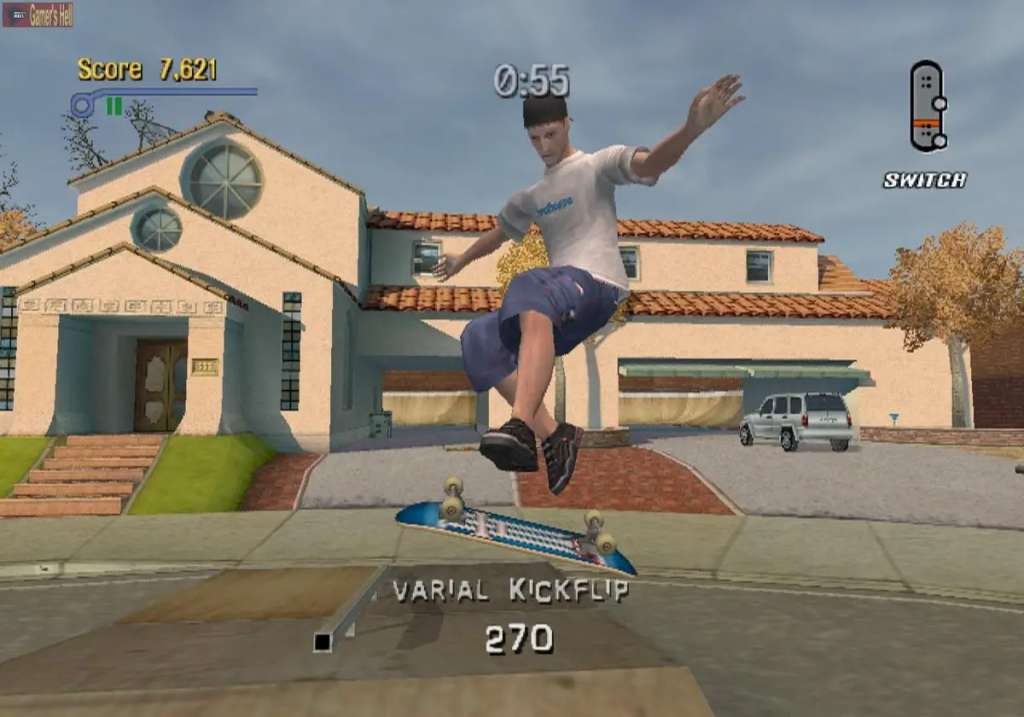
Tony Hawk Pro Skater 3
While the second game is my personal favorite in the series, many regard Tony Hawk Pro Skater 3 as the series’ best, and it certainly has the tightest mechanics. THPS3 perfected an already=great formula and gave us one of the best skateboarding games of all time. And of course it continued the trend of amazing soundtracks.
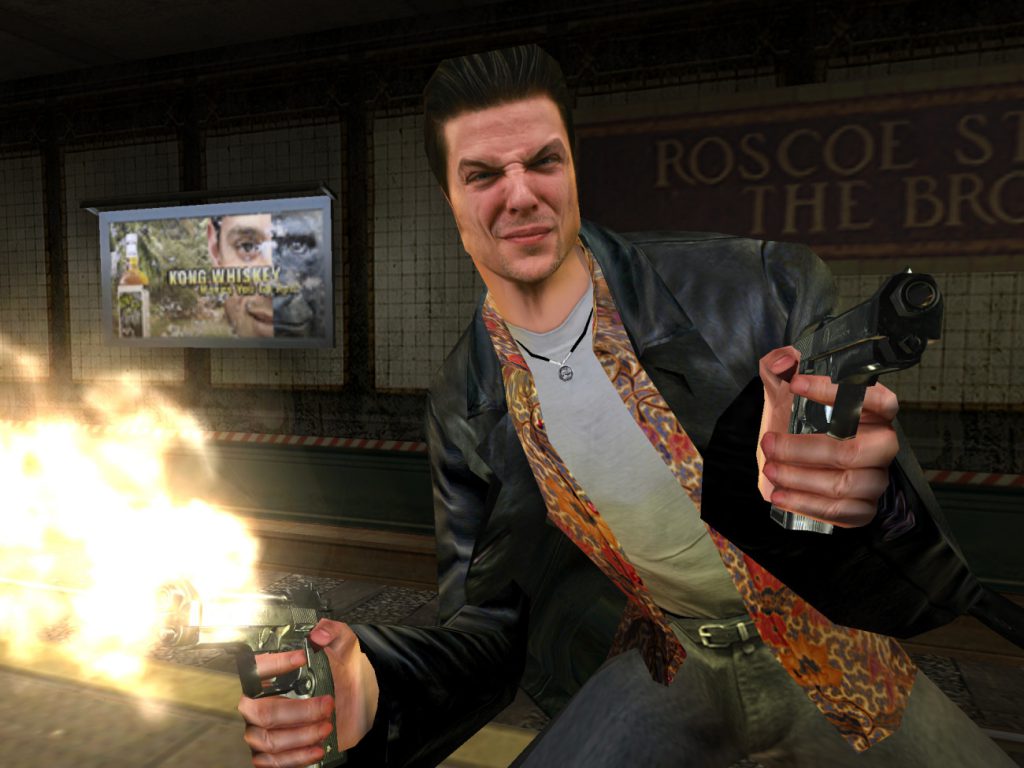
Max Payne
Max Payne introduced the world to Finnish studio Remedy Entertainment, bullet time mechanics, and the hard-boiled noir detective who shares his name with the title. It’s a very solid third-person shooter with clever dialogue and plotting and it was indicative of the kinds of quality we’d see from the studio on future releases.
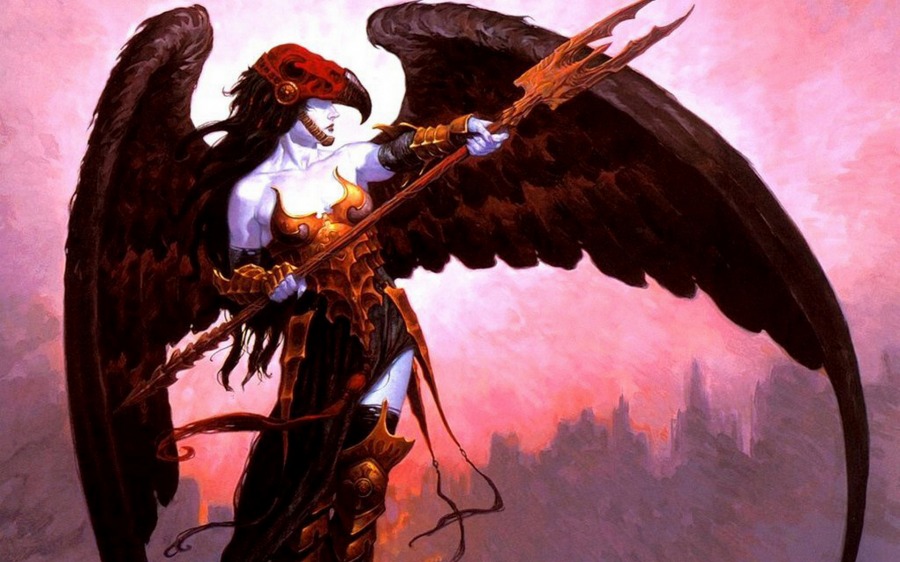
Magic Concludes the Urza Storyline
In 2001 Magic wrapped up the story of Urza, the Weatherlight, and the Phyrexians with Apocalypse. Released in June 2001, the set finished off the Invasion block with the game’s first enemy-color set. It’s a wonderful set to cap off an extraordinary block, filled with great, innovative cards and the game’s first enemy color painlands. Following Apocalypse and the death of Yawgmoth, Wizards would take us to Otaria for Odyssey, the next large set and the start of a new storyline hundreds of years later.
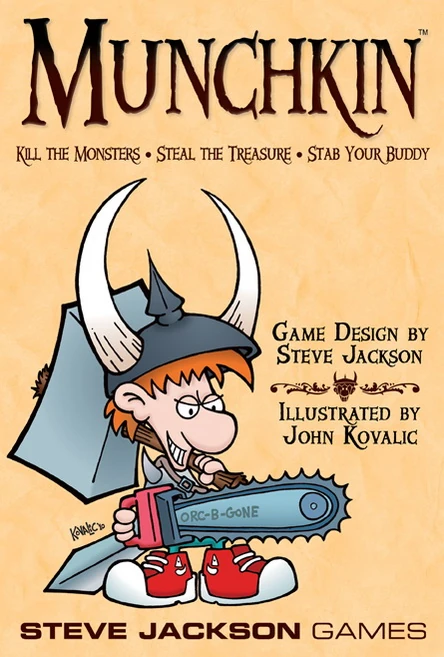
Munchkin
Steve Jackson Games released Munchkin in September, 2001. It’s a dungeon crawling card game designed to lampoon classic tabletop RPG players and tropes. It’s funny enough for a few games, and popular enough to spawn dozens of spin-offs and variants.
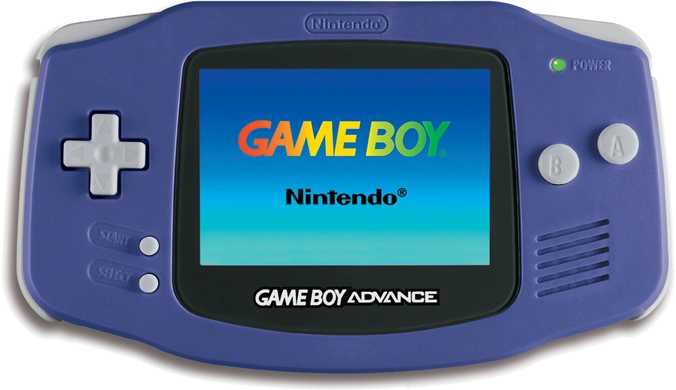
The Gameboy Advance
Nintendo finally replaced the venerable Game Boy in 2001 with the 32-bit Game Boy Advance, a full-color handheld console which tragically lacked a backlight. That meant longer battery life and a complete inability to see what was happening on the screen most of the time. The GBA would eventually become an amazing handheld and get a fantastic library of games, particularly following the release of the SP model. The handheld had a solid list of launch titles, of which Advance Wars was the most notable, as a successor to Military Madness on the Turbografx-16 and Famicom Wars/Super Famicom Wars on the NES/SNES.
- Super Mario Advance
- ChuChu Rocket!
- Rayman
- F-Zero: Maximum Velocity
- Advance Wars

Microsoft Enters the Fray with the Xbox
At the end of the millennium Microsoft had thoroughly won the battle for the home computer, with something like a 95% share of operating systems worldwide in 1999. So if the company was going to expand, it would need to find a way to make the jump from the PC to the living room. On top of that, Microsoft had come to understand that while corporate buyers were important, and on the consumer end gamers were driving software sales, buying new Windows PCs at faster rates as they upgraded their hardware to buy the latest games. Building a Windows-based home console could both give the company a way into the living room while also provide an additional platform for PC games to publish to, giving them greater reach and encouraging more PC game development. That said, they had their work cut out for them: Heading into 2001 there hadn’t been a successful American video game console since the Atari 2600.
The idea was a box built on Microsoft’s DirectX, a series of runtime libraries and APIs for graphics and audio, “A DirectX Box,” to be exact. While the idea was initially to just sell a gaming PC masquerading as a console, Microsoft eventually settled on custom hardware and software for the Xbox.
In this iteration it would literally be a PC masquerading as a game console, though after some initial conversations they realized just building a PC wouldn’t work – the economics simply wouldn’t work the same way they did with consoles. Instead they focused on building custom hardware and software for the box. The company’s biggest challenge would end up being convincing developers to sign on, and would end up looking at acquiring a number of developers, including EA, Nintendo, Midway, and Squaresoft. Ultimately EA’s support was the most critical and the biggest hurdle, but Microsoft was able to convince EA to secure it in time for launch and released the Xbox with Madden NFL 2002 in the lineup. The one acquisition Microsoft did end up making during the process? A small studio named Bungie.
In addition to Madden NFL, the Xbox launched with Project Gotham Racing, Dead or Alive 3, Oddworld: Munch’s Oddysee, and a host of other titles, But the most important title of the bunch was Bungie’s Halo.
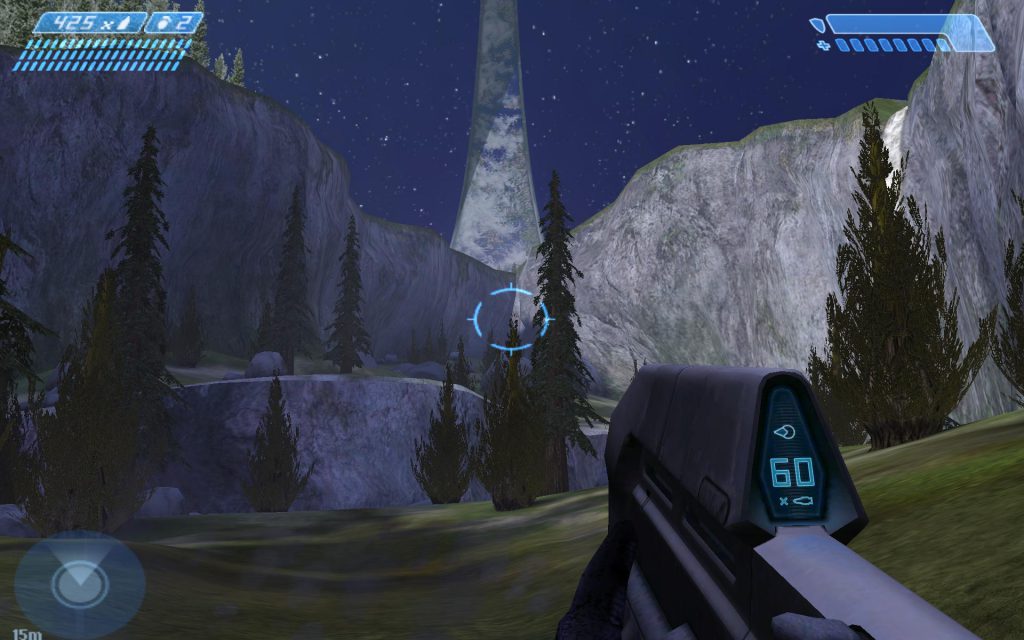
Halo: Combat Evolved
Bungie may just be the best acquisition Microsoft ever made. Halo began life as a semi-sequel to the Marathon series and ended up being a story-heavy first-person shooter with a lot of vehicular combat. The game was a monster hit, the kind of killer app which can single-handedly launch a console. Halo did for the Xbox what GoldenEye did for the Nintendo 64, and it made the Xbox’s built-in broadband support all the more important and impressive when it would lead to impromptu LAN parties using multiple Xboxes and up to 16 players on four TVs. Halo is also just an amazing game; it popularized a number of now-common mechanics for first-person shooters, including limited weapon inventory, vehicular combat, and motion sensors. It’s absolutely one of the all-time greats.

Nintendo Joins the Sixth Generation with the Gamecube
Nintendo surely must have hoped that they’d have an opportunity to go toe-to-toe with Sony without another company eating into their market share but by the time the Nintendo Gamecube released in 2001 they’d been well aware of the Xbox, having been presented with the specs as part of an acquisition offer. The Gamecube released in September 2001 in Japan and November 2001 in the US, a few days after Microsoft’s Xbox.
Compared to the Xbox and PS2, the Gamecube was a smaller console, featuring four controller ports and using a proprietary disc format, with discs which were substantially smaller than standard DVDs. The Game Cube’s launch line-up was limited, but had some solid titles. When the console launched in Japan, all it had was Luigi’s Mansion, Super Monkey Ball, and Wave Race: Blue Storm, but it would add nine additional titles, including Tony Hawk’s Pro Skater 3 in November for the US release. Then a few days later the console would see its first real classic with Super Smash Bros. Melee.
Reactions to the Gamecube were mixed, particularly in the United States and the console struggled to build a large audience. The console was priced competitively but lacked the multimedia features of the PS2 or Xbox and like the Nintendo 64 tended to rely on first-party releases, which, thanks to the types of games made by Nintendo, further reinforced the console’s image in the US as a family-friendly product more for kids. While Nintendo would bring more mature games to the Gamecube than the N64, those would end up selling poorly.
Despite this, there was a lot to like about the Gamecube and it had a killer library of first- and third-party titles during its run. It lacked the power and versatility of the Xbox and the massive library of the PS2 but it made up for those things by having a solid lineup of innovative titles. There are a lot of underappreciated gems in the Gamecube line-up.

Super Smash Bros. Melee
The sequel to the N64 classic, Super Smash Bros. Melee does everything that game did but better, greatly expanding the roster, adding a ton of new stages and game modes, and really taking advantage of the four controller ports on the console. Super Smash Bros. Melee was the reason to own a Gamecube early on, and one of the best party games Nintendo ever made.

Dance Dance Revolution DDR Extreme
DDR hit its peak in the early 2000s, really topping out with DDR Max and DDR Extreme, versions 5 and 6 of its getting-to-be-venerable franchise. Interest in the game was also topping out, and the game had successfully made the conversion to home consoles thanks to a number of third parties releasing mats for home play.
Why It Was the Best Year in Gaming
A lot of the case for 2001 hangs on the PlayStation 2 delivering a monster year, plus the launches of the Xbox and Gamecube. And in terms of a quartet of games to throw out there, Halo, Silent Hill 2, GTA 3, and Devil May Cry is a tough set to top. There were a number of other great developments in the works – the Invasion block era for Magic may be my favorite era for the game in terms of the inventiveness of the cards and the set balance and there were several other solid tabletop games in the mix that year, such as the chess-like Hive, Wizards’ of the Coast’s Jedi Knights TCG, Warlord Saga of the Storm, and the first Warhammer 40,000 CCG.
This article is part of a larger series on the best year in gaming. For more years, click this link. Have any questions or feedback? Drop us a note in the comments below or email us at contact@goonhammer.com.
